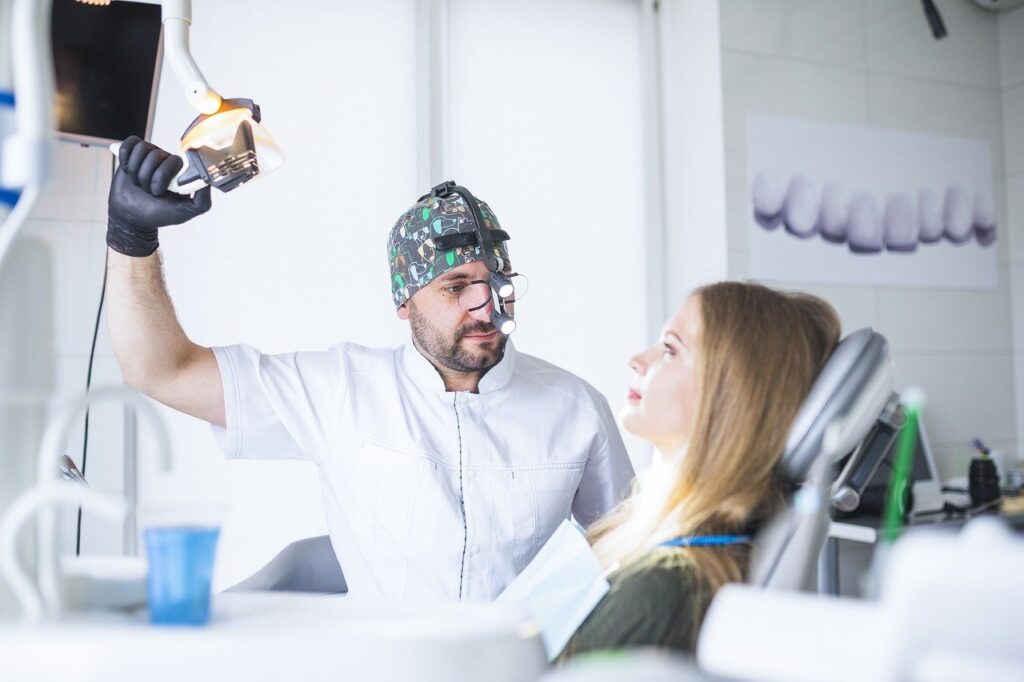Subtotal $0.00

Welcome to ZSK Aesthetic, where we specialize in advanced dental procedures to help you achieve optimal oral health. If you’re seeking to restore your smile through dental implants but have experienced bone loss, our bone grafting services may be the ideal solution for you. With personalized care and cutting-edge techniques, we can help prepare your jawbone for successful implant placement.
Bone grafting is a surgical procedure that involves transplanting bone tissue to areas of the jawbone that lack adequate density and volume. This procedure is essential for patients who have experienced bone loss due to various factors, such as tooth loss, periodontal disease, or trauma. By strengthening the jawbone, bone grafting provides a solid foundation for dental implants, ensuring their stability and longevity.
Several conditions may necessitate bone grafting:
Tooth Loss: When teeth are lost, the underlying bone may begin to shrink or resorb over time, leading to insufficient bone for implants.
Periodontal Disease: Advanced gum disease can erode the bone that supports teeth, leading to bone loss in the jaw.
Trauma or Injury: Accidents or injuries to the jaw can compromise bone integrity, necessitating grafting for restoration.
Congenital Defects: Some individuals may be born with insufficient bone density or volume in the jaw, making grafting necessary before implant placement.
The bone grafting process typically involves the following steps:
Initial Consultation: Your journey begins with a comprehensive evaluation of your dental health. We will discuss your medical history, take X-rays or 3D scans, and determine if bone grafting is necessary for your treatment plan.
Treatment Planning: Based on your specific needs, we’ll create a personalized plan. This may include selecting the type of graft material suitable for your case.
Anesthesia: On the day of the procedure, you’ll receive local anesthesia or sedation to ensure your comfort throughout the surgery.
Graft Site Preparation: The surgeon will create an incision in the gum tissue to access the area where the graft will be placed.
Bone Graft Placement: The graft material, which can be derived from your own body (autograft), a donor (allograft), or synthetic sources, is placed in the targeted area to promote new bone growth.
Closure and Recovery: After the graft material is positioned, the incision is closed with sutures. You will receive post-operative care instructions to aid in your recovery.
Recovery from bone grafting varies by individual, but here’s what to expect:
Swelling and Discomfort: Mild swelling and discomfort are common after the procedure. Over-the-counter pain relievers are usually sufficient for managing any discomfort.
Follow-Up Appointments: Regular follow-up visits are essential to monitor the healing process and ensure successful integration of the graft.
Healing Time: It typically takes several months for the grafted bone to heal and integrate before dental implants can be placed. This duration can vary depending on the individual and the extent of the grafting needed.
Once healed, you’ll have a stronger foundation for dental implants, allowing for improved function and aesthetics.
Autograft: This type of graft uses bone taken from another area of your body, such as the chin or hip, ensuring a natural integration with your jawbone.
Allograft: An allogenic graft uses bone from a deceased donor, which is processed to ensure safety and compatibility.
Xenograft: This graft uses bone material derived from animals (typically cows) that undergoes processing to eliminate any risk of disease.
Synthetic Bone Graft: Made from biocompatible materials, synthetic grafts provide a scaffold for new bone growth and are often used when autogenous grafts are not feasible.

Fir for you lifestyle